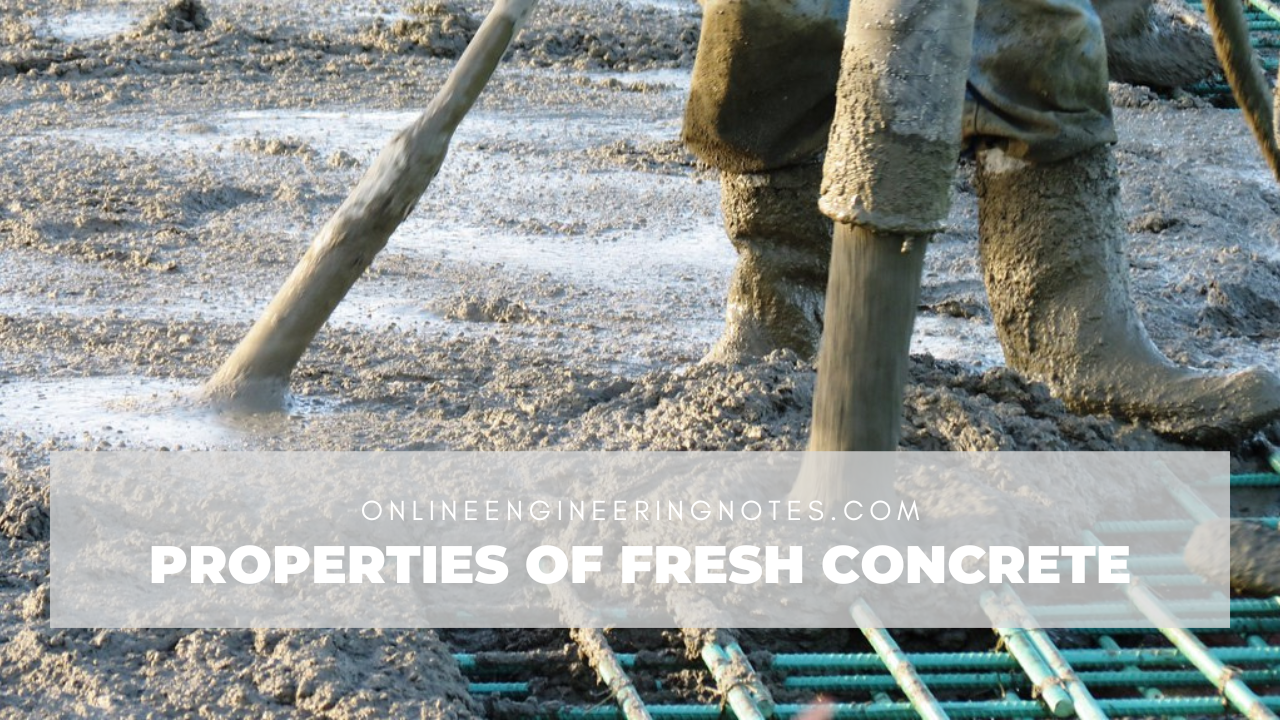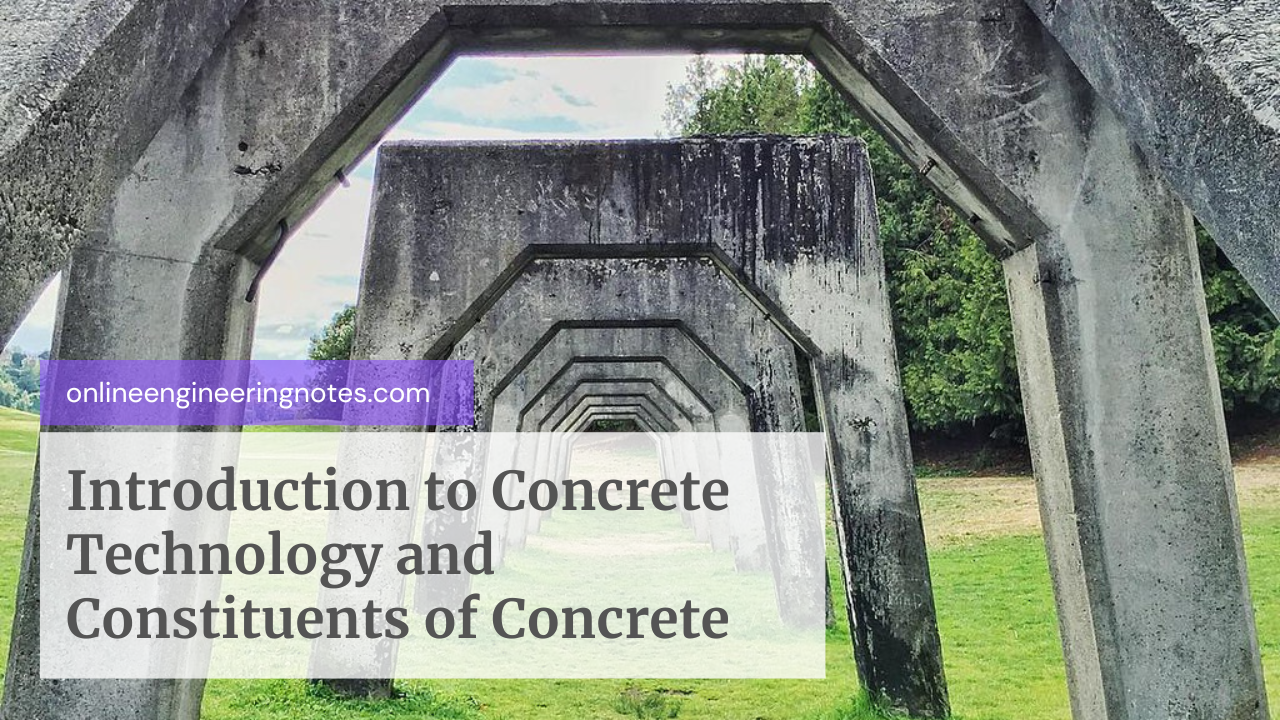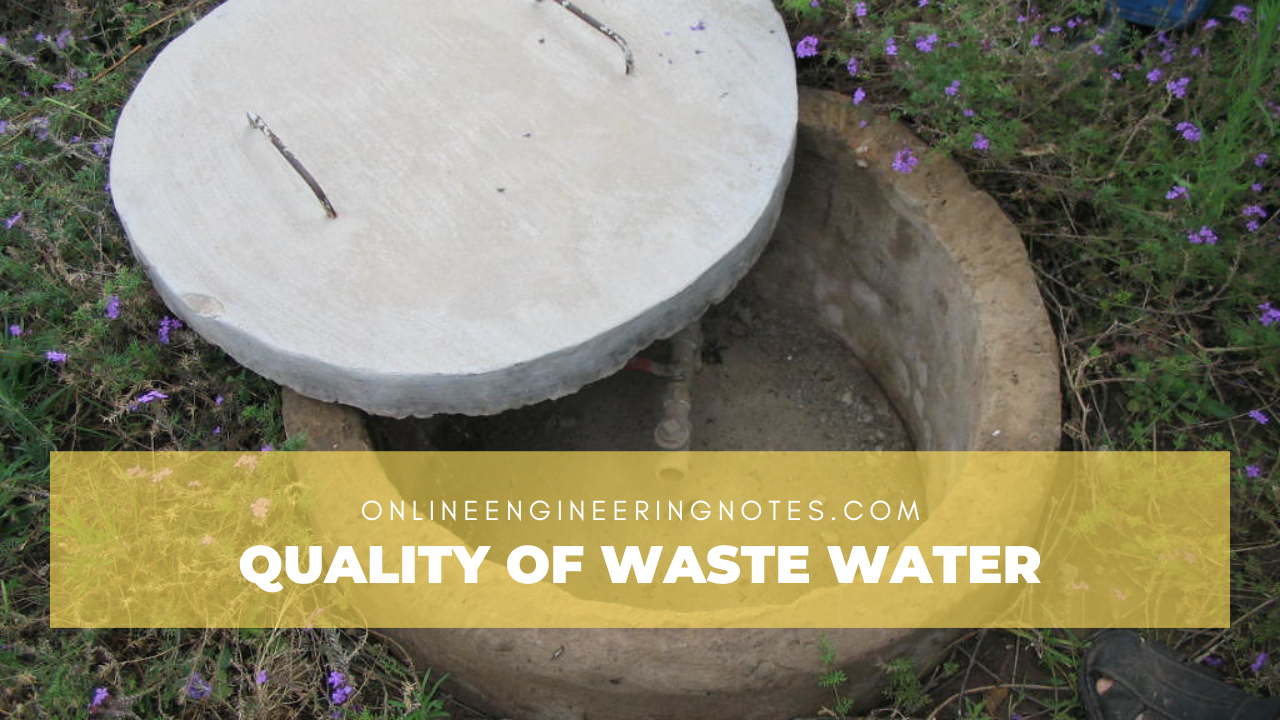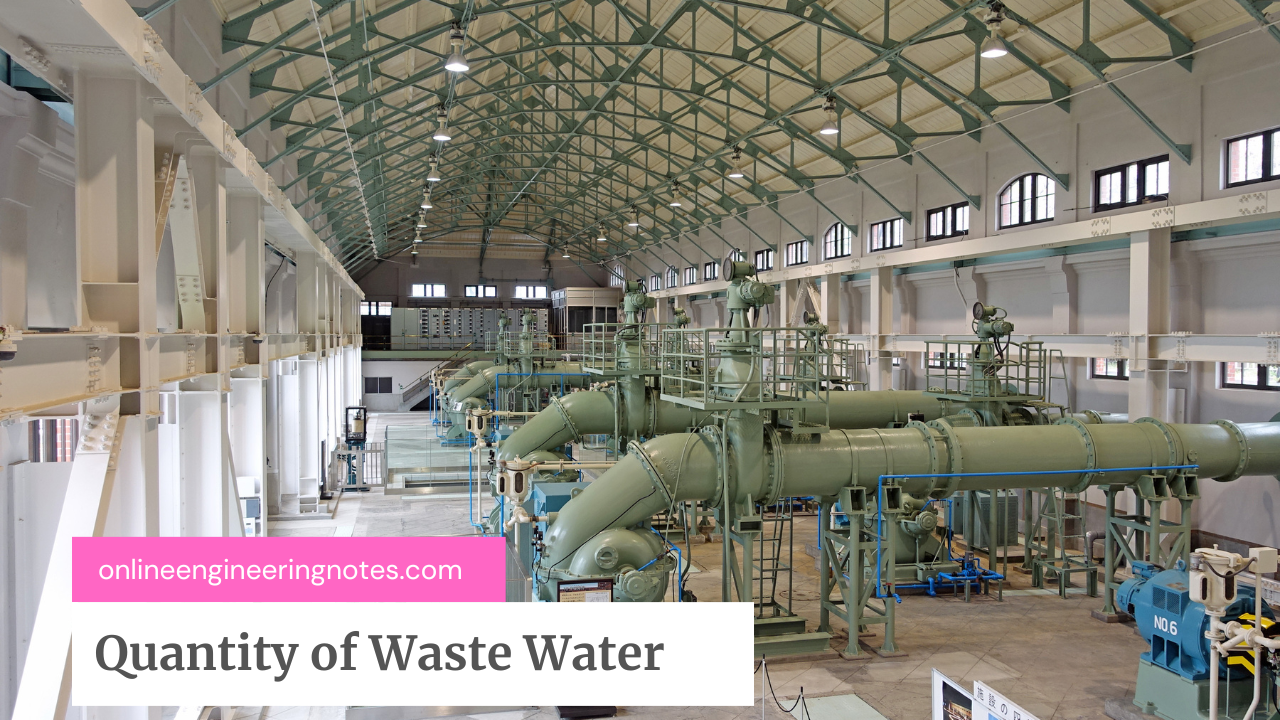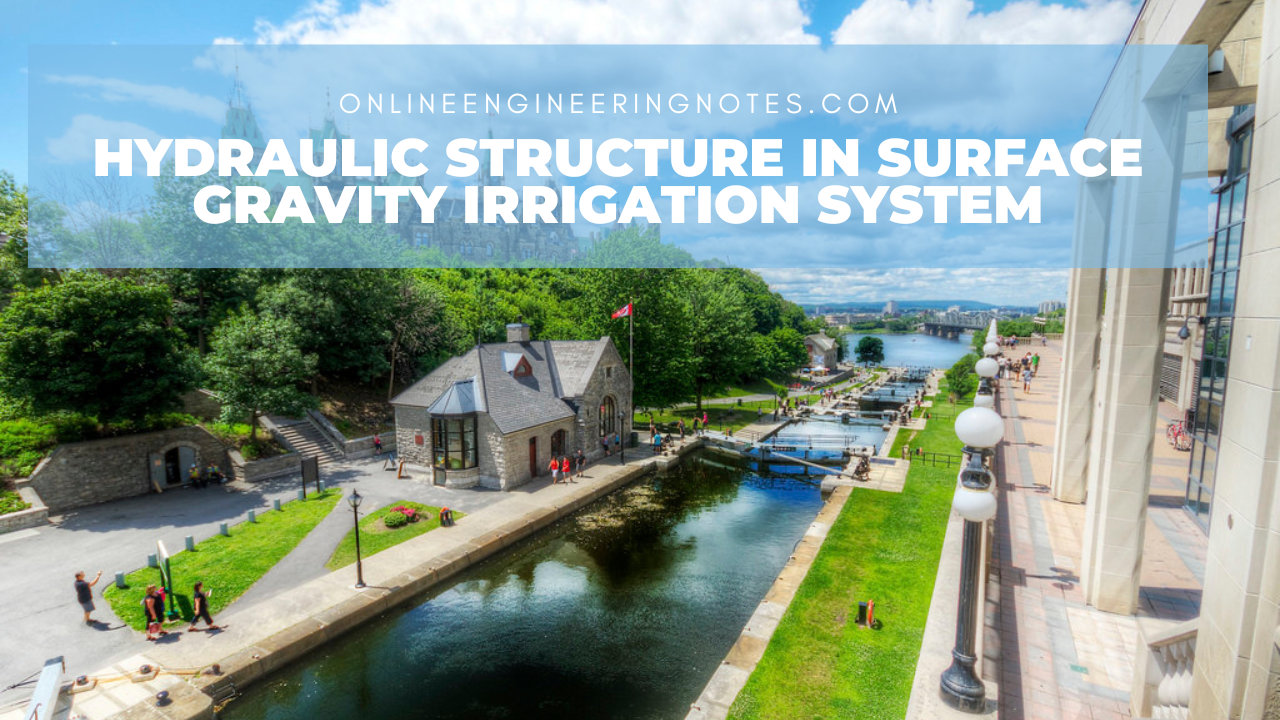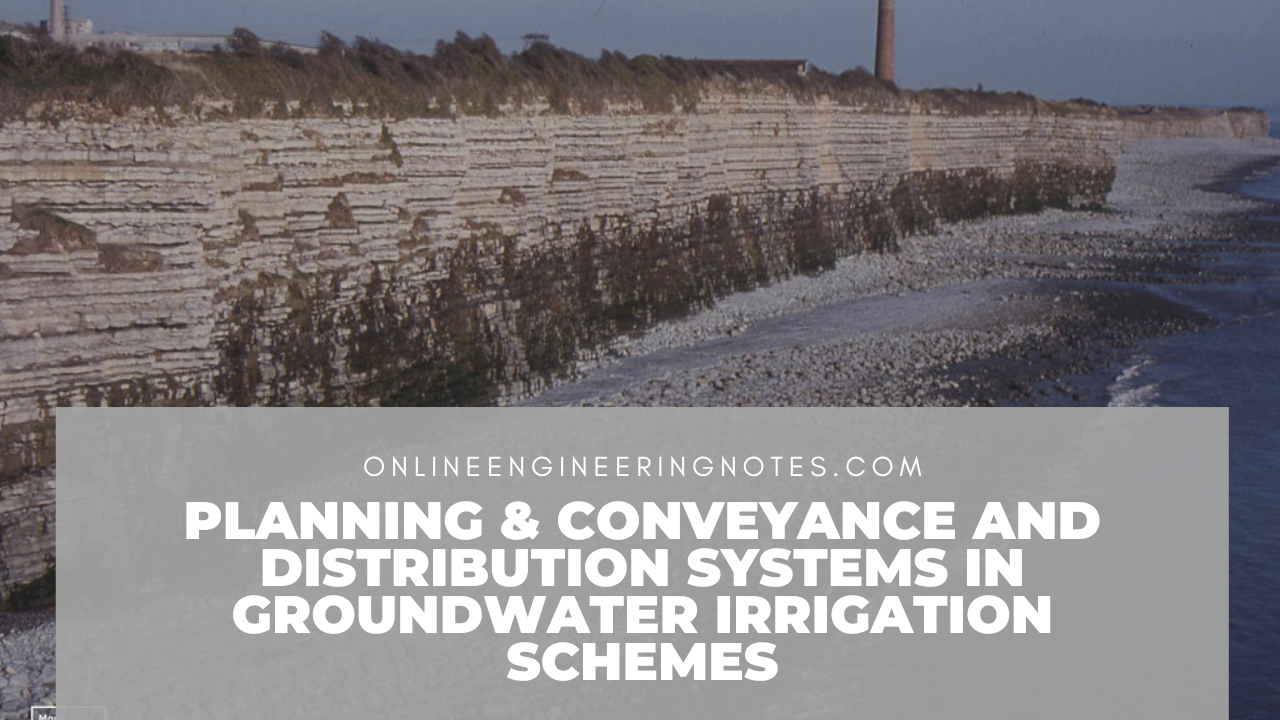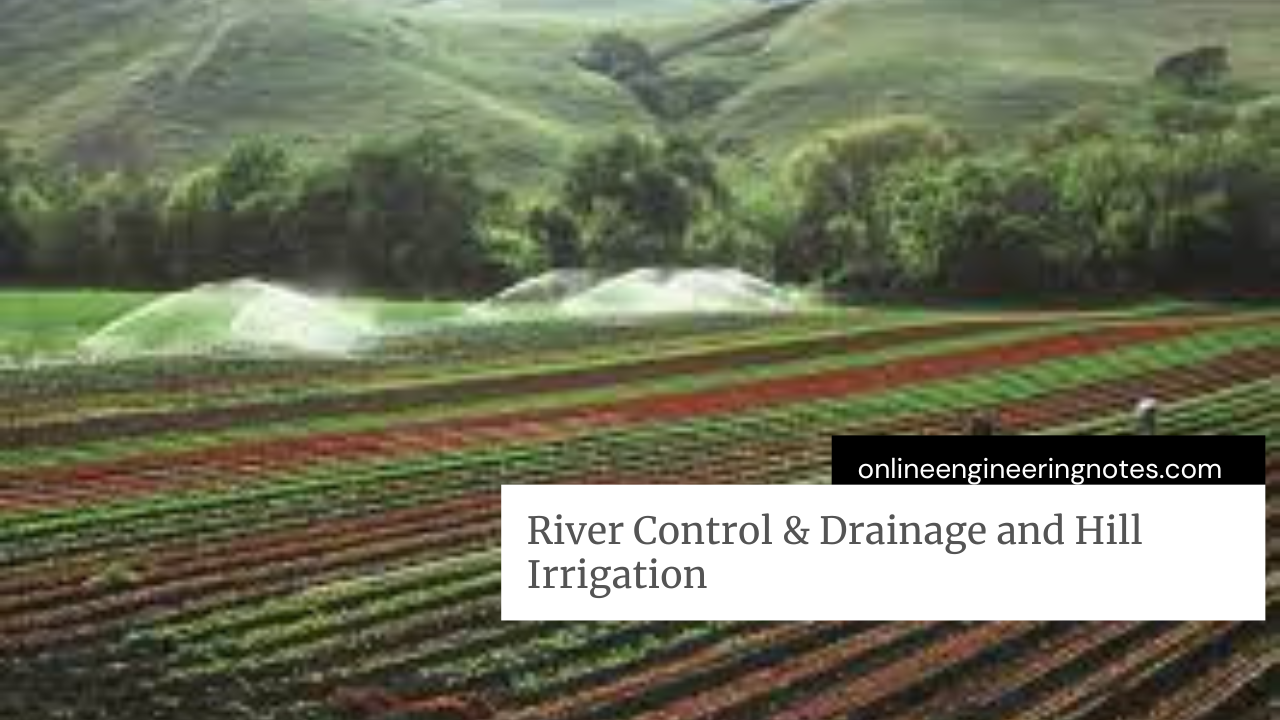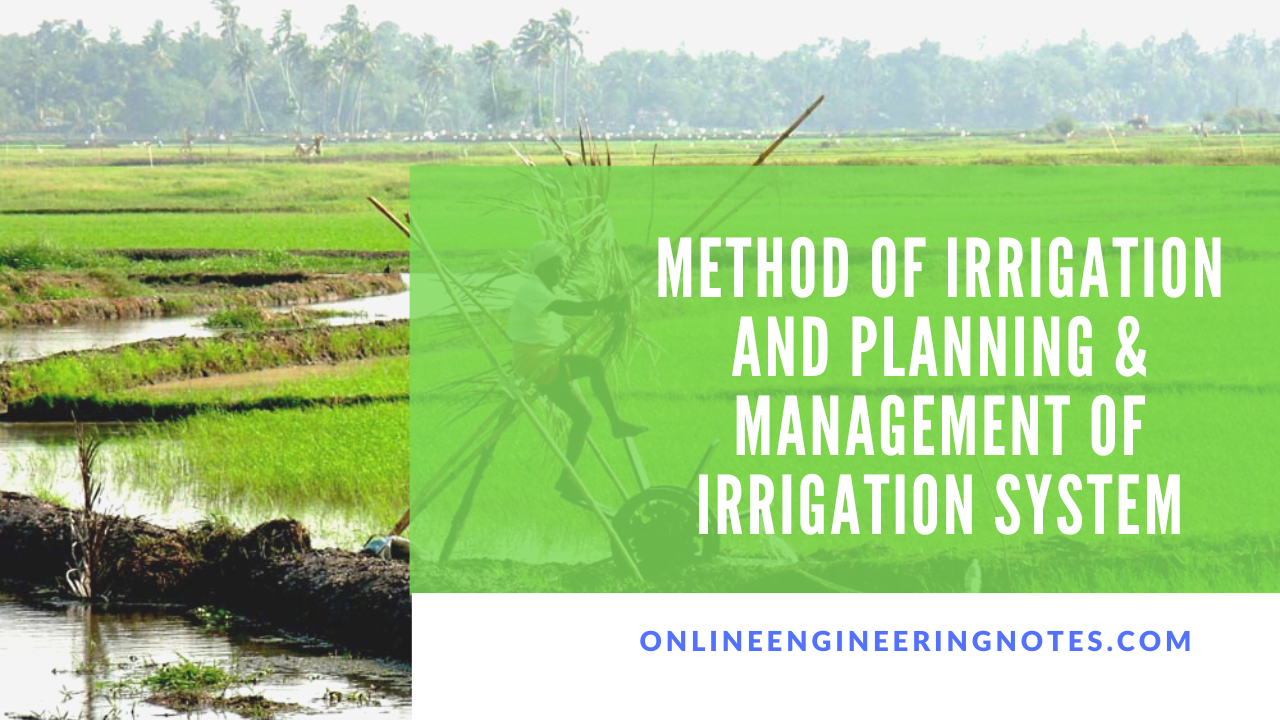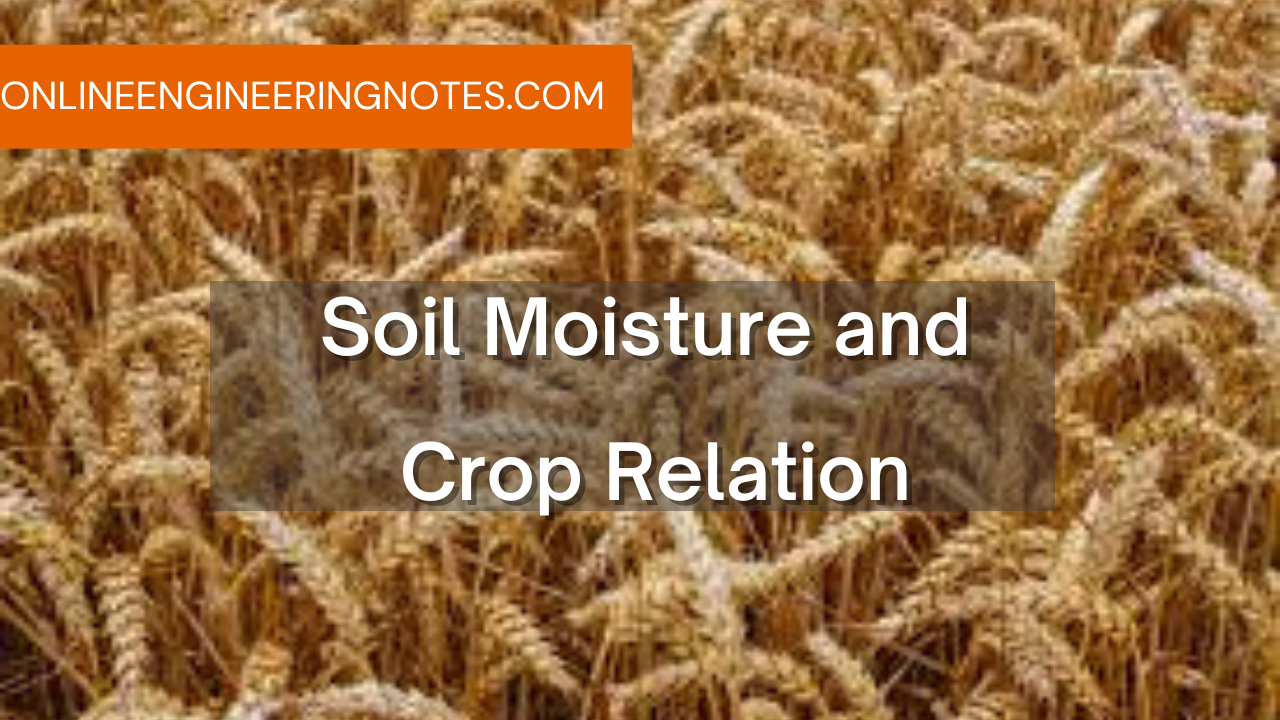Properties of Fresh Concrete: Concreting in extreme temperature and Quality control at site
1.1 Hydration of cement Reaction of cement with water. When cement comes in contact with water chemical reaction occur which results in formation of new compound which is responsible for gain of strength and hardening of cement concrete. 1.2 W/C ratio Amount of water required is directly related to amount of cement used in concrete. … Read more

